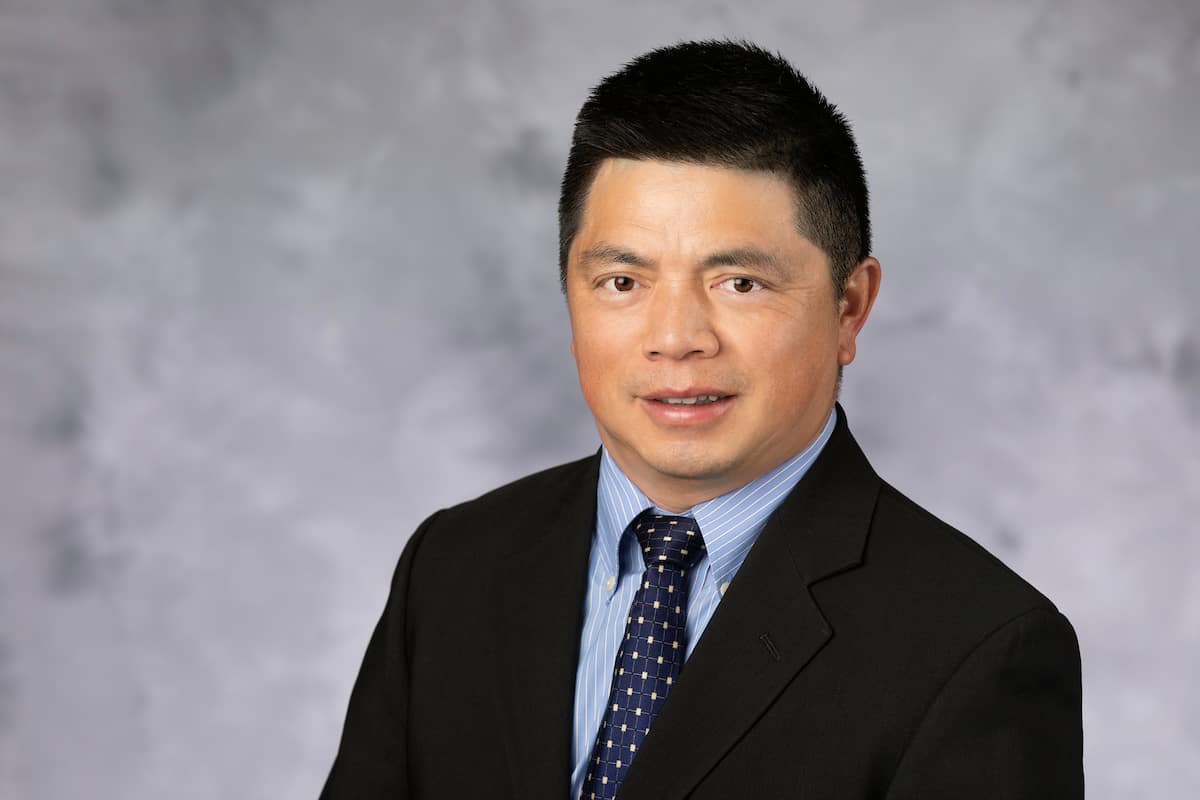Data indicate that the declining trend of hip fracture among Americans plateaued in 2012 before increasing through present day. “Since hip fractures are the most common result of osteoporosis, this shift indicates that the trend of the disease might have changed,” explains Qing Wu, MD, ScD. While health disparities can be observed across numerous diseases, studies examining osteoporosis trends among US adults by different socioeconomic status are limited, and the prevalence of self-reported osteoporosis is the US is rarely reported. “In order to understand the bone health status of Americans, it is essential to examine the trends and disparities in osteoporosis,” notes Dr. Wu.
For a study published in the Journal of Clinical Medicine, Dr. Wu and colleagues used NHANES data to evaluate the bone health of Americans. “We examined the age-adjusted prevalence of self-reported and measured osteoporosis in recent years,” he adds. “In addition, the prevalence was compared between gender, race/ethnicity, and socioeconomic status (SES, including educational attainment and family income).”
Among more than 8,000 participants, the prevalence of self-reported osteoporosis was significantly higher than that of measured osteoporosis in 2007-2014 for women, as well as in 2007–2010 for men. “Participants with higher educational attainment had an increased prevalence of measured osteoporosis during recent years,” Dr. Wu says. “Among all SES groups, participants with a low family income had the highest prevalence of measured osteoporosis, and a significant increase was observed during the study period, from 49.3 per 1,000 population to 71.8 per 1,000 population.”
With the study results suggesting that women have a better understanding of osteoporosis than men, Dr. Wu suggests that increasing awareness of the disease among men could be a priority for future prevention campaigns. “Recommendations on increasing physical activity and reducing sedentary time may help to prevent osteoporosis among people with high educational attainment,” he adds. “Physicians might need to pay more attention to the bone health of individuals with disadvantaged SES, such as thsoe with low family income. Addressing disparities in osteoporosis will help to improve the bone health of Americans.”


 Rebecca Shover
Rebecca Shover